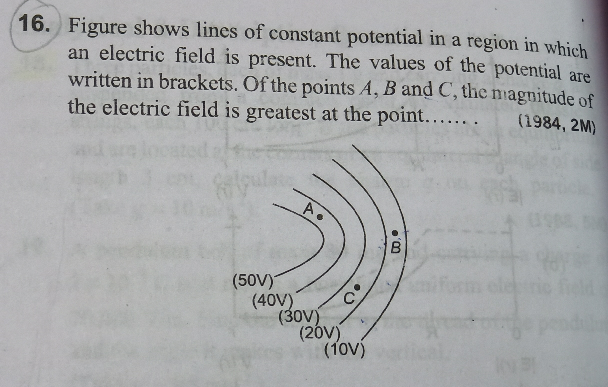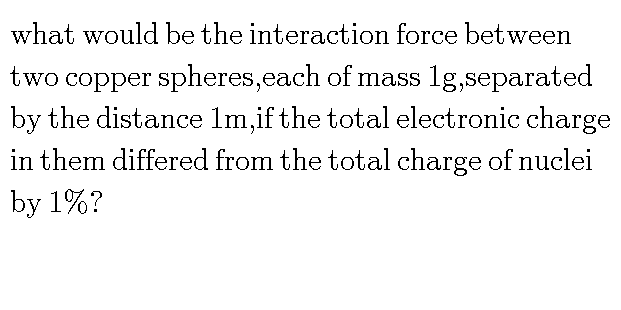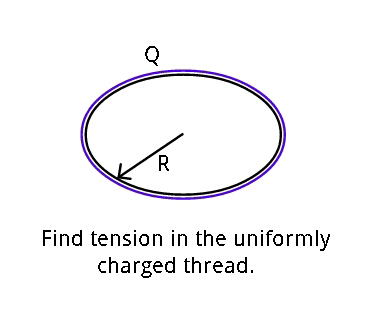
ElectrostaticsQuestion and Answers: Page 2
Question Number 82627 Answers: 0 Comments: 1
Question Number 82591 Answers: 0 Comments: 12
Question Number 74423 Answers: 0 Comments: 1

Question Number 65040 Answers: 0 Comments: 0
Question Number 63124 Answers: 1 Comments: 5
Question Number 59958 Answers: 0 Comments: 0

Question Number 59703 Answers: 1 Comments: 0

Question Number 57783 Answers: 1 Comments: 0

Question Number 55853 Answers: 0 Comments: 0

Question Number 55431 Answers: 1 Comments: 1
Question Number 52222 Answers: 1 Comments: 0

Question Number 50994 Answers: 2 Comments: 0
Question Number 48489 Answers: 0 Comments: 0

Question Number 48458 Answers: 1 Comments: 1

Question Number 48405 Answers: 0 Comments: 7

Question Number 47646 Answers: 1 Comments: 2

Question Number 47641 Answers: 0 Comments: 0
Question Number 46374 Answers: 1 Comments: 1
Question Number 46293 Answers: 0 Comments: 1

Question Number 46292 Answers: 1 Comments: 0
Question Number 41530 Answers: 1 Comments: 0

Question Number 40817 Answers: 1 Comments: 0
Question Number 40816 Answers: 0 Comments: 0
Question Number 40804 Answers: 0 Comments: 6

Question Number 40786 Answers: 1 Comments: 0
Question Number 40773 Answers: 1 Comments: 0
